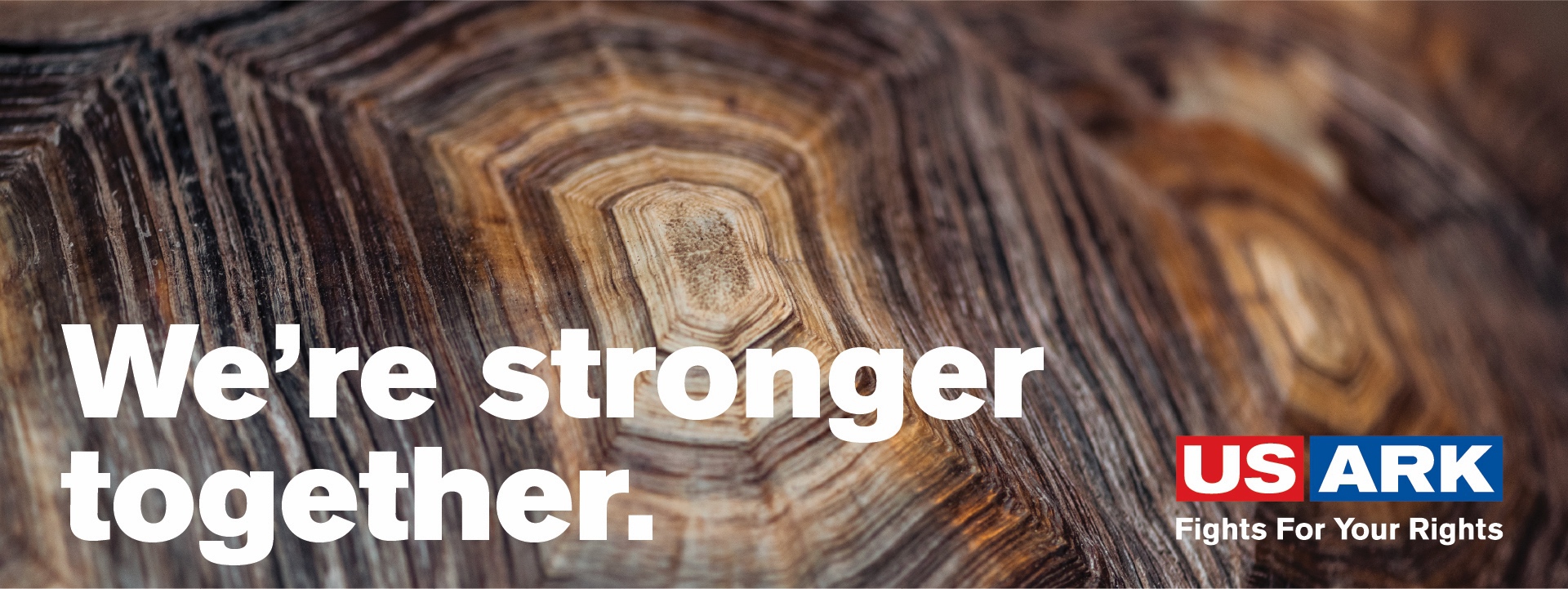
Conservation
Protecting Reptiles & Amphibians For Our Future
Conservation Through Viable Captive Reptile Populations
Worldwide, the acceleration of human population growth and pollution are causing the spoliation of natural habitats. Extinction rates of animals and plants are rising, and biodiversity is on the wane. We are rapidly moving into the next epoch of life, the Retrozoic, a simpler time with fewer animals. The greatest responsibility and greatest challenge of this generation and the next is to protect and maintain as many forms of life as possible for those future generations who inherit what we save from the abyss of extinction. We do not have the right to sentence our descendants to an impoverished planet.We owe it to the future to save as much as possible.
The preservation of habitats and ecosystems are of paramount importance. However, these endeavors are met with the reality of an overpopulated world. Human beings are the most common animal species on the planet whose body weight is greater than two pounds. Every day, three billion people cook their food over branches and dung, and the sounds of those crackling fires must scream to the heavens that we mismanage, that we destroy. As a species we do not understand our responsibilities to all life on our shared planet.
That being reality, the most important work in the world becomes saving parts of habitats and parts of ecosystems, a task that we must undertake by any means possible. Work of critical importance includes maintaining deep-freeze DNA repositories, seed banks, arboretums, zoos, wildlife parks, local and national parks, and the captive maintenance and husbandry of viable self-sustaining captive populations of as many forms of animal and plant life as possible.
In the future, the survival of much of the wildlife of the world will require the directed efforts and participation of far more people than zoos and governments can provide. We must all participate in this effort. Amazingly, in spite of its own quiet disorganization, the American herpetoculture community has created a superb decentralized model incorporating economic incentives and accomplishing independently many of the goals of wildlife conservation and preservation.
Captivity has become integral as a conservation tool for animal species of the world. On the horizon looms a future where much of the world’s wildlife will depend on private citizens to maintain it for perpetuity. This vast project is far too immense for zoos and government agencies to even consider.
The American herpetoculture community has already laid a solid foundation for their work. Herpetoculturists have spent 30 years learning how to maintain and propagate reptiles and amphibians in captivity, quietly accomplishing one of the greatest conservation projects ever attempted. We have freely shared with the world conservation community our techniques of husbandry and propagation. A significant percentage of scientific research that has been published about reptiles has been based on captive populations of snakes and lizards.
There are no crystal balls that can predict what the future holds for any of the world’s species. The course we set today to to successfully establish captive breeding programs for as many species as possible will be the measure by which future generations will judge us. It would be the greatest hubris to do nothing to preserve species in captivity, or to inhibit the establishment of species in captivity whose futures in the wild are, at best, uncertain, and at worst doomed. It is a false hope to assume no calamity will befall the herpetofauna of the world, particularly the largest species of snakes. There can be no justification for the disassembling of established and viable ancillary captive populations of any reptiles or amphibians—already we are late in the game and time is short. Failure equals extinction.
The existence of the viable captive populations of many species of reptiles and amphibians, regardless of the hands in which they are held, represent an unprecedented and successful model in which private citizens can take an active role in saving species from the threat of extinction. A higher percentage of all reptile species have been bred in captivity than in any other class of vertebrate animals—most of that has occurred in private hands. Today we have the experience and knowledge to maintain every reptile species in captivity. Today the American herpetoculture community is successfully maintaining several hundred species of reptiles and amphibians in successful captive populations. This is one of the greatest triumphs of conservation in the past century, but it is unheralded, and it is unloved by those who would remove all animals from human hands.
If captive populations of herps are outlawed and disassembled, that will herald the death nell of many species.
Legislation based on emotion, opinion, philosophy, and poor science is quietly having a potentially catastrophic effect on biodiversity. Pervasive animal rights agendas call for an end to captivity for all animals. Topical articles on the covers of popular magazines that call for a “Green Planet” are great if those efforts actually transcend media exposure to become reality. But a “Green Planet” without animals seems a real possibility. In light of habitat loss and severely disturbed ecosystems around the planet, now is the time to embrace captivity as an increasingly important tool in the preservation of global biodiversity.
Some people say “I’d rather see this species go extinct than exist only in captivity.” Those people may be empowered to deprive future generations of knowing these amazing animals without permission or right. They have sound bytes, political connections, 24/7 media access, and money garnered from around the world.Yet they haven’t contributed any significant research or effort; nor have they secured the future of a single species. The philosophies of that brand of animal rights ideology jeopardizes biodiversity. It is too late to gamble to against the maintenance of captive populations of animals as a viable and important means to preserve many unique species from a very uncertain future. Now is the time for plans and actions to save as many forms of life as possible by every means possible. Biodiversity is green. Protecting species from the threat of extinction is green. Help us protect reptiles and amphibians for your future.
Cart
Make A Donation
If you would like to donate to the cause without a membership, use the donate button to do so.
Join Our Mailing List
Recent Posts
- ALERT: Arizona – Warrantless Animal Seizure
- ALERT: Colorado Pet Tax for ALL Animals
- South Carolina H4874
- ALERT: Washington Animal Program Ban
- ALERT: Florida Ban on All Iguanas
- ALERT: Louisiana Herp Regulation Overhaul
- Lacey Act amendments included in House report
- CITES Amphibian Trade Survey
- Gary Bagnall Resigns as Chairman of the Board
- ALERT: ESA listing for two reptile species and two others
- ESA Modernization Bills
- APHIS Nonnative Herp Environmental Assessment Comment Period
- ALERT: Ann Arbor, Michigan Animal Sales Ban
- ALERT: Austin, TX Animal Program Ban
- Lacey Act Amendments FAQ 2023
- ALERT: Lacey Act Amendments
- ALERT: Tennessee Regulation Changes
- FWC Comment Deadline!
- ALERT: Richmond, VA
- ALERT: Denison, Iowa

